CARING WITH FAMILY
|
| The tendency of a particular breed to show warmth and fondness towards family members or familiar faces varies significantly. Whilst some breeds exhibit a reserved demeanor bonding closely only with their primary caregiver others are more gregarious extending their friendship to all acquainted individuals with equal enthusiasm. |
LOVE WITH CHILDREN
Unwise
Good With Children
|
| The inherent patience and tolerance a dog breed possesses towards the antics and behaviors of children as well as its general disposition of being family-oriented play a crucial role in its compatibility with familial life. However, it is essential to maintain close supervision when dogs are in the vicinity of young children or those who may not have much experience with canine interactions regardless of the breed's typical temperament. |
BEHAVIOR WITH DOGS
Unwise
Good With Other Dogs
|
| The natural predisposition of a dog breed to socialize amicably with other canines can vary widely. While some breeds are predisposed to congenial interactions and are more inclined to form peaceful relationships with fellow dogs be it within the household or during public outings other breeds may exhibit a more solitary nature or a competitive demeanor. Regardless of a breed's general inclination towards canine camaraderie it is important to oversee introductions and interactions between dogs to ensure they are safe and positive experiences for all animals involved. |
SHEDDING LEVELS & MANAGEMENT
No Shedding
Hair Everywhere
|
| The extent to which a dog breed sheds can greatly impact the amount of hair and fur deposited around your living space. High-shedding breeds typically require more regular grooming sessions including frequent brushing, to manage loose hairs and maintain coat health. Individuals with sensitivities to pet dander may experience heightened allergic reactions with these breeds necessitating proactive measures such as more rigorous cleaning routines encompassing vacuuming and the use of lint rollers to mitigate the spread of hair. |
COAT GROOMING STANDARDS
|
| Take into account the frequency at which a breed should be bathed, brushed, snipped or given any other kind of fur care. When contemplating the grooming work necessary, weigh your time commitments, patience levels and allotted grooming finances. And remember trimming nails is a routine necessity for all breeds. |
DROOLING INTENSITY
Less Likely to Drool
Always Have a Towel
|
| Take into account the propensity of a breed to be slobbery. If you're someone who values a spotless environment, breeds that can drench your arm in drool or create wet stains on your clothing might not be the ideal choice. |
COAT STYLES GUIDE |
| Double |
| COAT SPECTRUM |
| Medium |
FRIENDLINESS
Reserved
Everyone Is My Best Friend
|
| The likelihood of a dog breed being friendly with unfamiliar people can vary significantly. Certain breeds may naturally exhibit a more reserved or wary demeanor in the presence of strangers irrespective of the environment. In contrast there are breeds that typically show enthusiasm and joy at the prospect of interacting with a new person anytime anywhere. |
LIVELINESS
Only When You Want To Play
Non-Stop
|
| The inclination of a dog breed to remain playful beyond its puppy years can vary widely. Some breeds retain their zest for energetic games like tug-of-war or fetch well into their mature stage, maintaining a puppy-like enthusiasm for playtime throughout their lives. On the other hand, there are breeds that tend to prefer a more sedate lifestyle often content to simply lounge on the sofa and enjoy quiet companionship as they grow older. |
VIGILANCE INTENSITY
What's Mine Is Yours
Vigilant
|
| Some dog breeds possess a heightened instinct to notify their owners of the presence of newcomers. These dogs are prone to respond to anything they perceive as out of the ordinary from the appearance of the mail carrier to the sighting of a squirrel in the garden. Despite this vigilance many of these breeds can quickly become amiable with new individuals once they observe these guests being welcomed by their human family members. |
ADAPTATION CAPACITY
Lives For Routine
Highly Adaptable
|
| A breed's adaptability to change encompasses its response to alterations in living environments, noise levels, climate, daily routines and other fluctuations in everyday existence. Some breeds display remarkable flexibility adjusting seamlessly to new circumstances and environments. In contrast other breeds might struggle with change requiring more time and patience to acclimatize to different situations and schedules. The ease with which a breed adjusts to change can significantly influence its overall comportment and well-being in dynamic or evolving settings. |
OBEDIENCE LEVEL
Self-Willed
Eager to Please
|
| The trainability of a dog breed often correlates with its eagerness to please its owner and its intrinsic motivation to learn. Some breeds are known for their strong desire to satisfy their humans and may thus learn new commands and behaviors with remarkable alacrity. These dogs often relish the training process and rapidly absorb new skills. In contrast other breeds may display more independence preferring to act on their own terms and at their own pace which can present more of a challenge during training sessions. The predisposition of a breed towards obedience and learning can greatly influence the training experience and the methods required to effectively engage them in the learning process. |
STAMINA LEVEL
|
| Every dog breed has its own exercise and mental engagement needs. The more dynamic canines are geared up and raring for action, always on the lookout for their next quest. They engage in constant motion, from voracious running to jubilant leaps and active games under the sun. Conversely, the calmer breeds take life at a slower pace, perfectly content to sprawl out and enter dreamland. |
VOCALIZATION
|
| Medium |
LEARNING CURIOSITY LEVEL
Happy to Lounge
Needs a Job or Activity
|
| The well-being and joy of a dog breed can hinge significantly on the amount of cerebral engagement they receive. Dogs that have been bred for specific roles may need to engage in activities involving strategic thinking, puzzle resolution, focus, among other cognitive abilities. If these intelligent canines aren't given ample opportunity to challenge their intellects rest assured they will invent their own endeavors to occupy their thoughts – and chances are these self-started assignments won't exactly be to your liking. |
| COLORS |
|
Description
|
Registration Code
|
|
White
|
199
|
|
White & Biscuit
|
269
|
|
| PATTERNS | - |



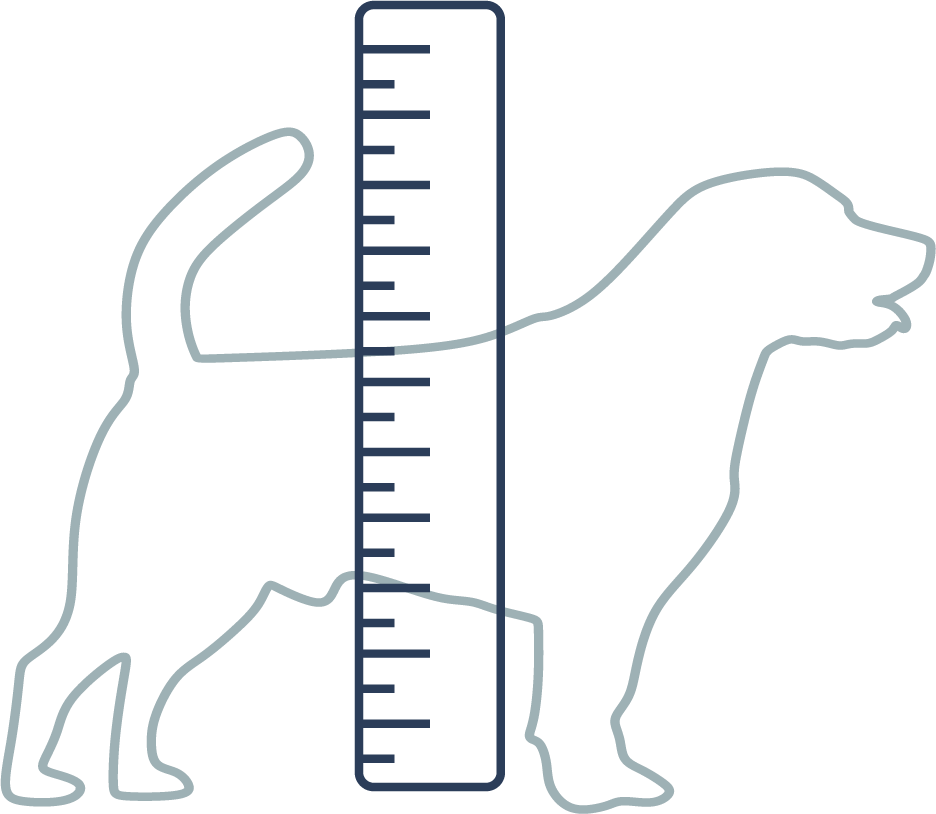


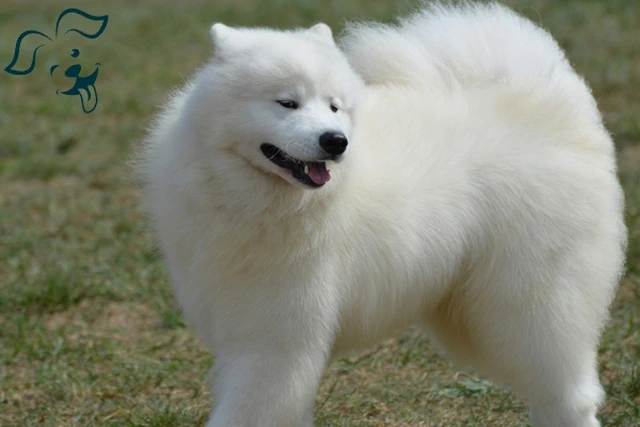
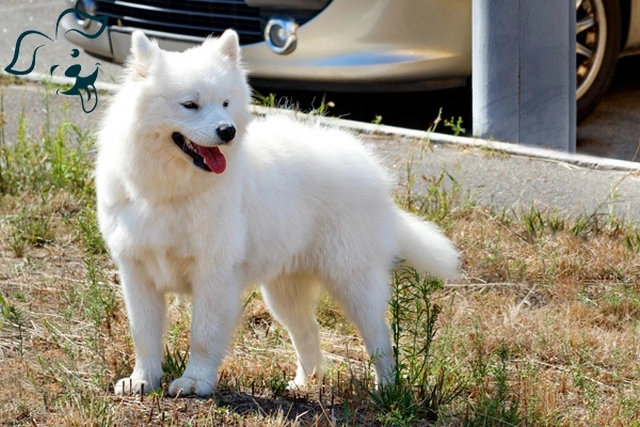
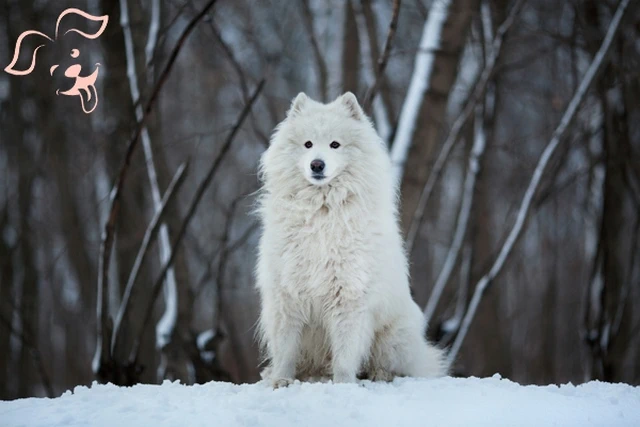
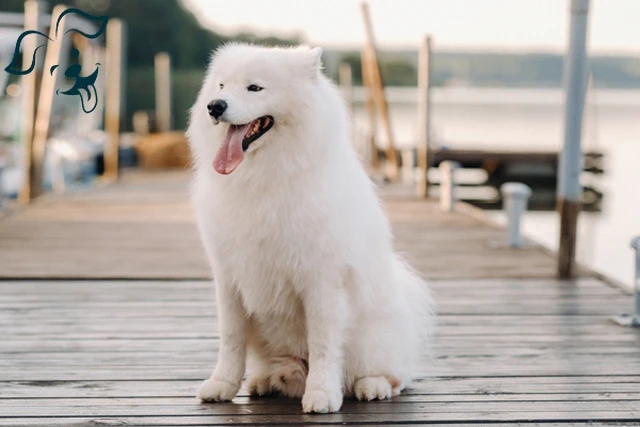






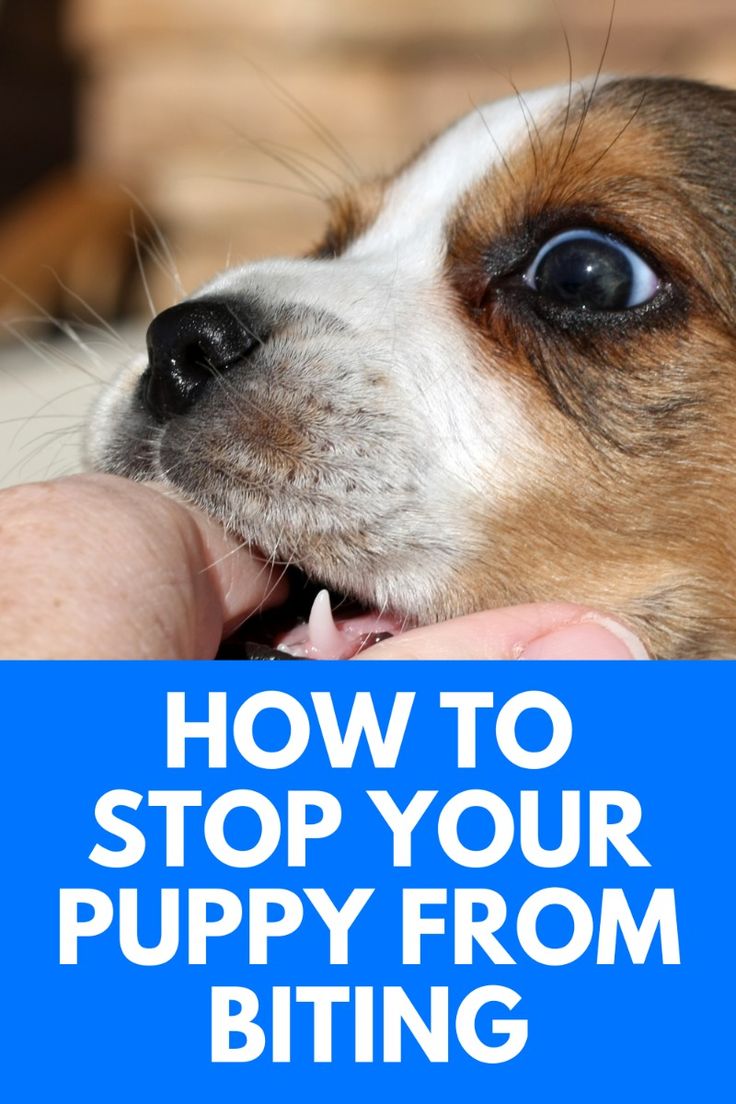
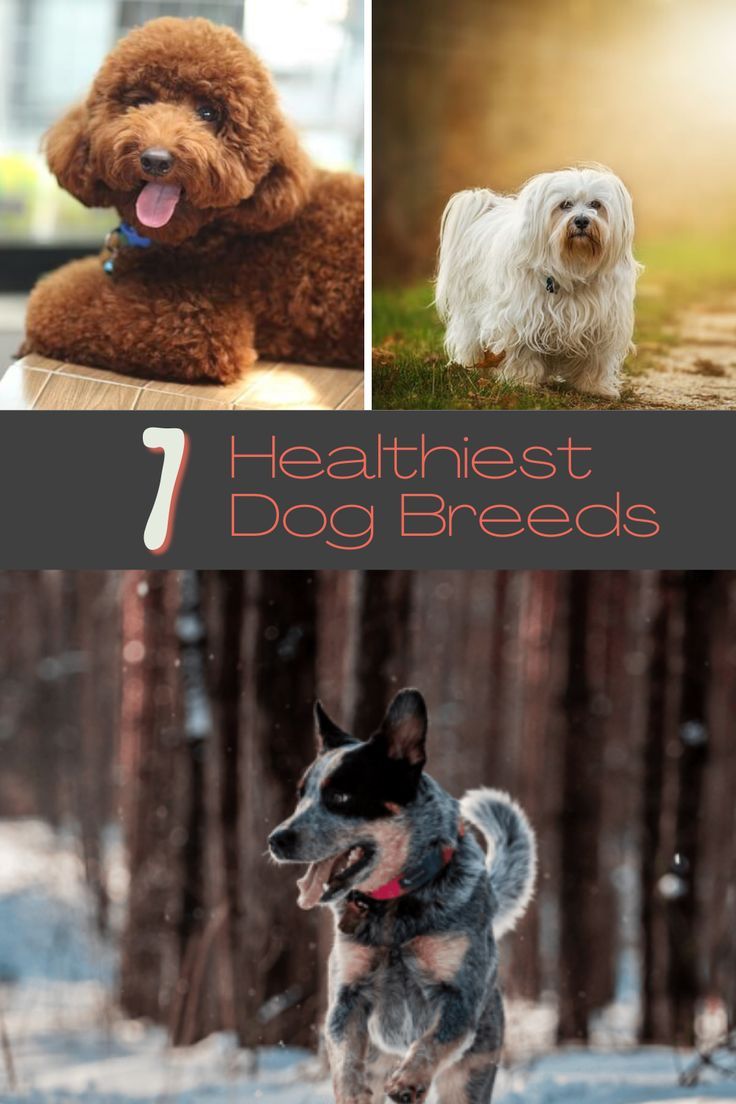

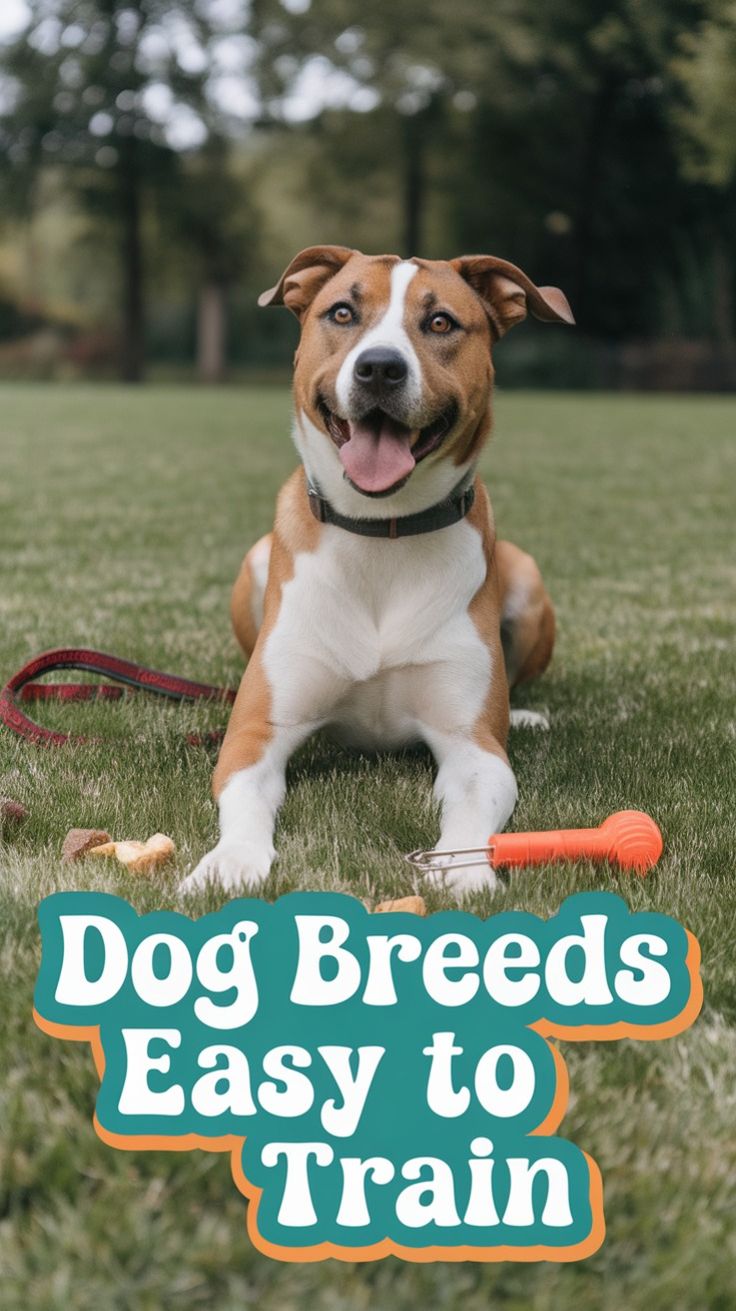
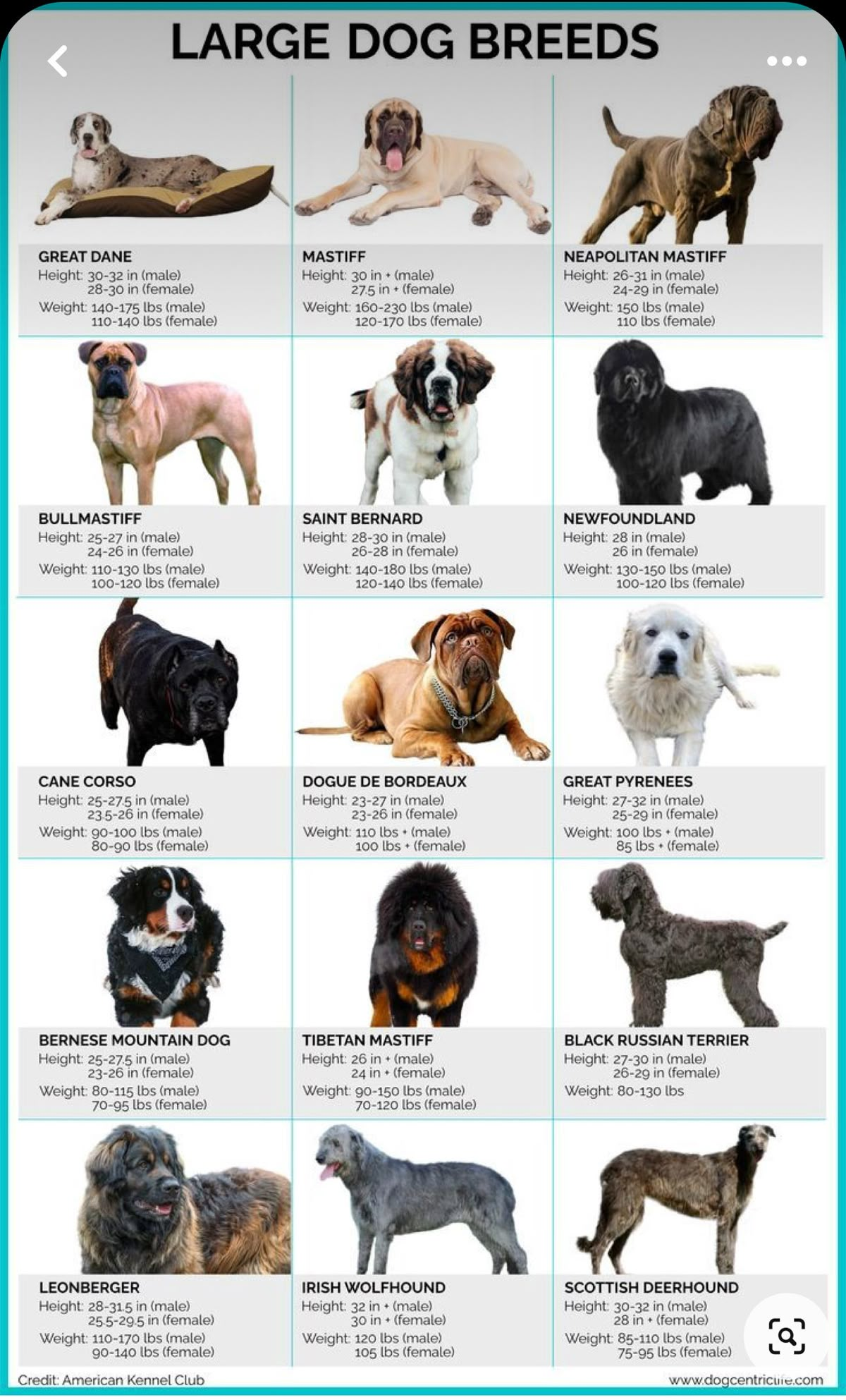

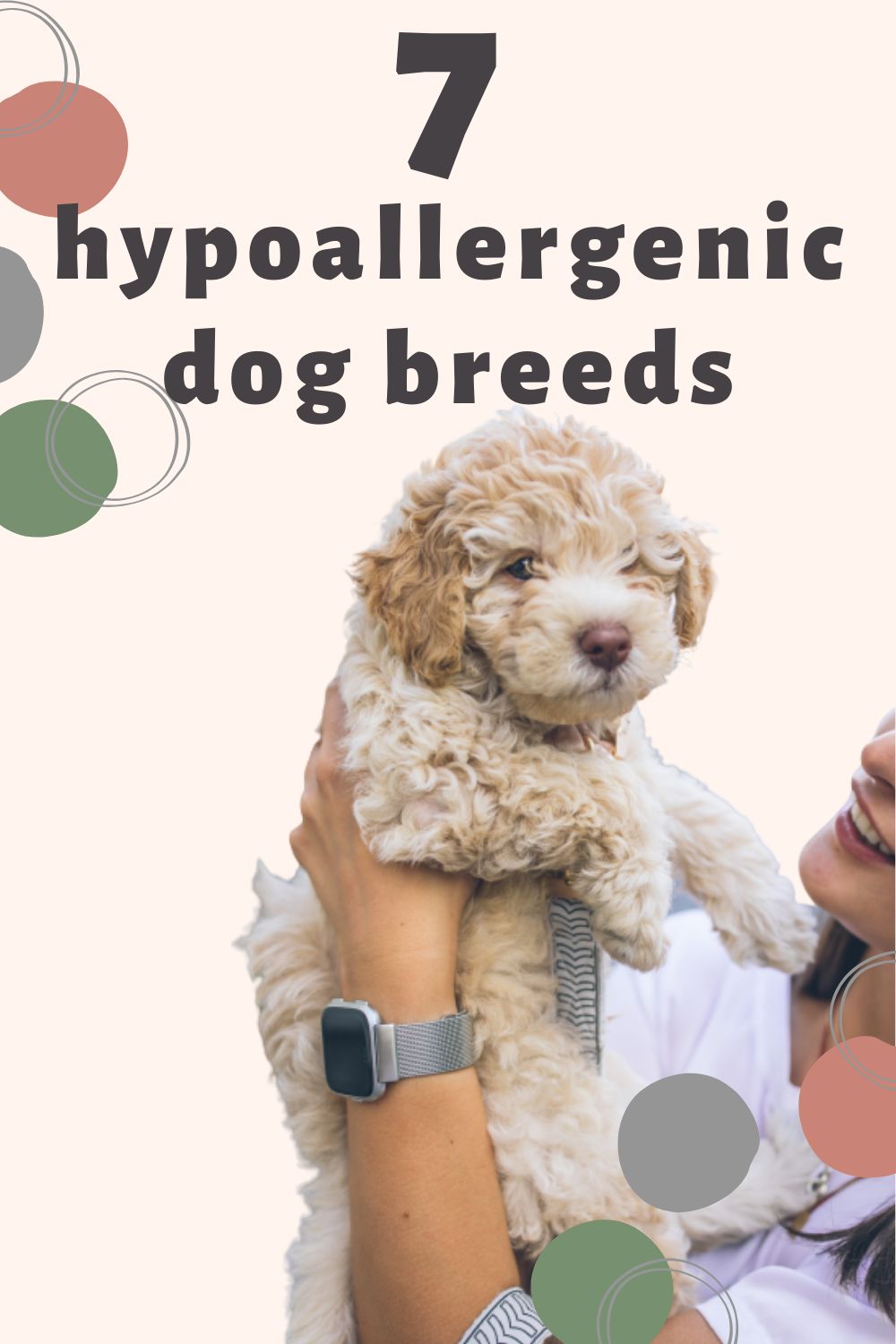
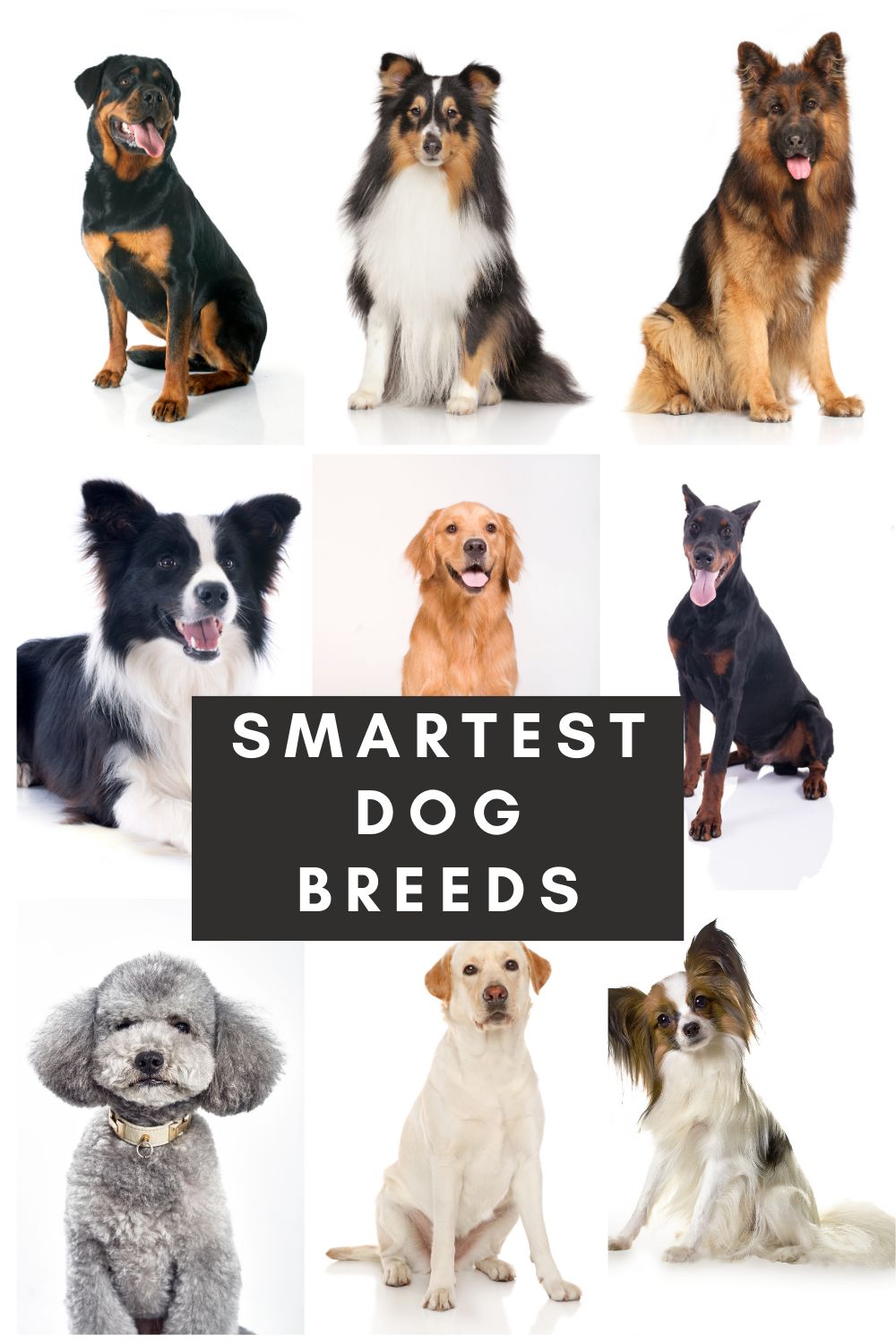

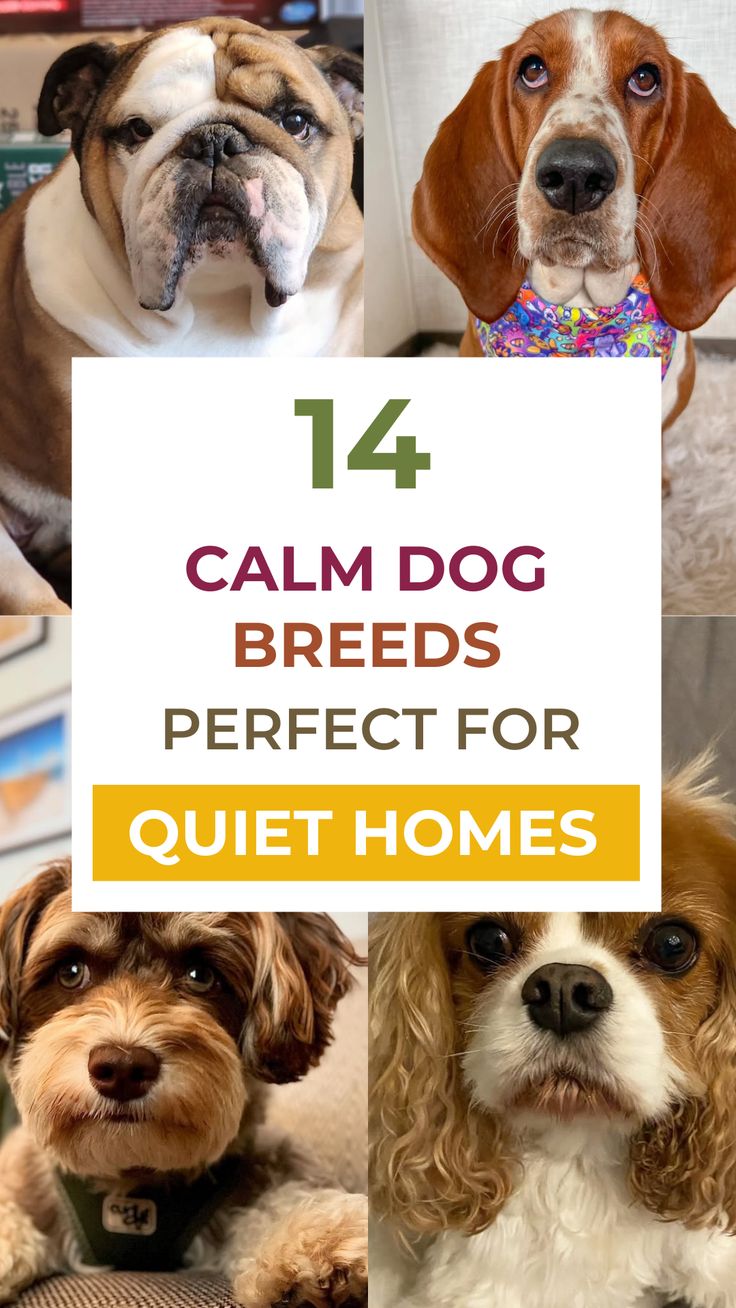

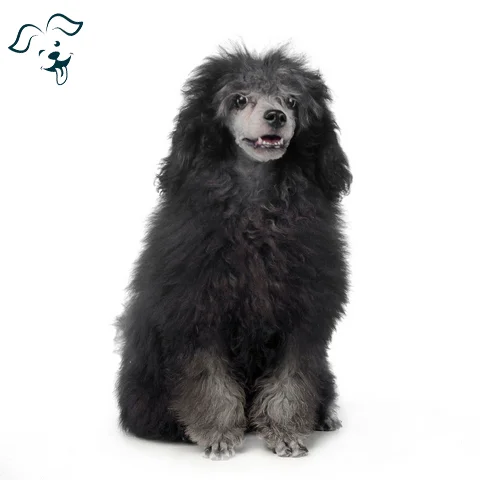

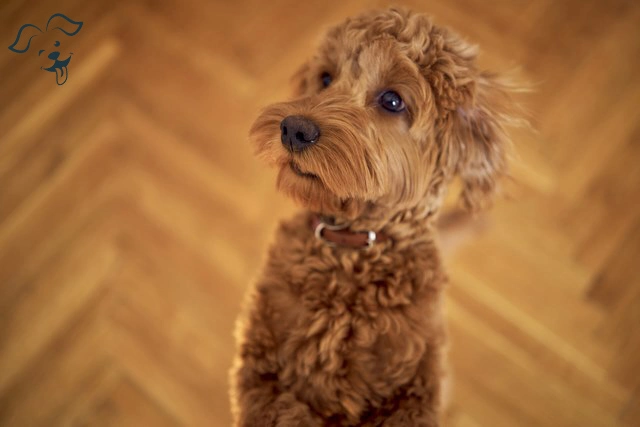
FRIENDLINESS
LIVELINESS
VIGILANCE INTENSITY
ADAPTATION CAPACITY